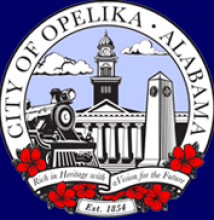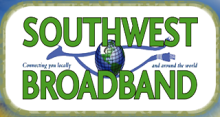Rates Approved for Opelika Community Fiber Network
We have followed happenings in Opelika, Alabama, for three years as the community investigated the benefits of a fiber network. They contended with a Charter misinformation campaign and voted yes on a referendum. Construction began in 2012, Opelika Power Services (OPS) tested the network, and recently the Opelika City Council approved proposed rates.
OANow.com now reports that the FTTH network and smart grid project is ever-so-close to offering triple play services to the city's 28,000 residents and local businesses.
OPS offers three standard bundled plans, but customers can also customize. All three include voice:
- Essential - $99.95 - 75 channels, 10/5 Mbps data
- Choice - $139.95 - 132 HD & SD channels, 30/30 Mbps data
- Ultra - $154.95 - 207 HD & SD channels, 30/30 Mbps data
Data offerings for customized plans range from 10/5 Mbps for $34.95 to 1 Gbps symmetrical for $499.95.




